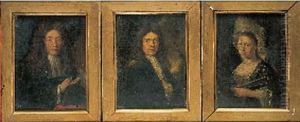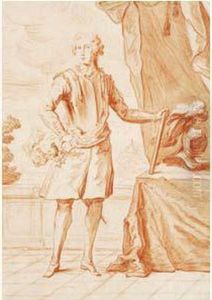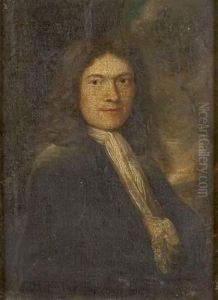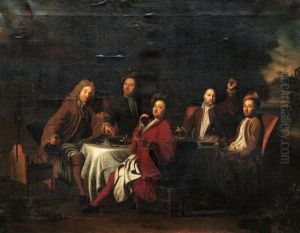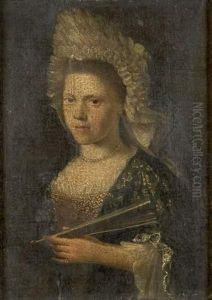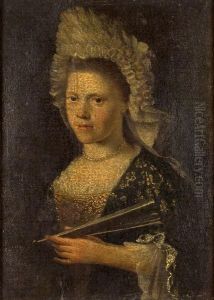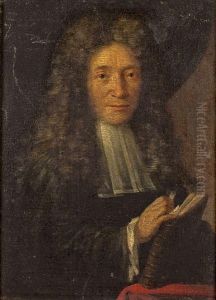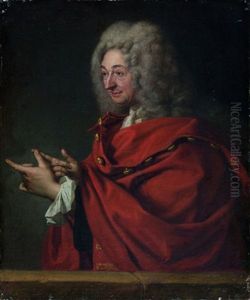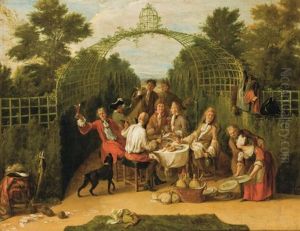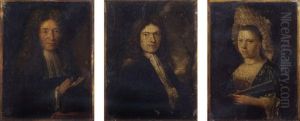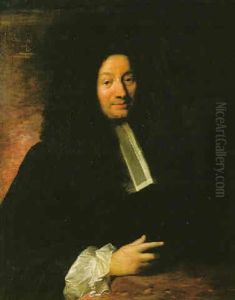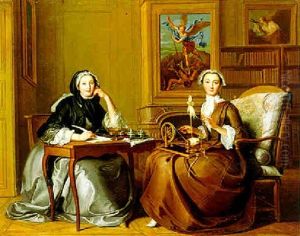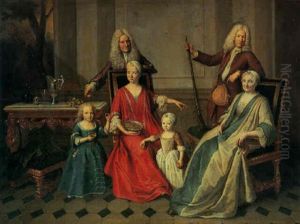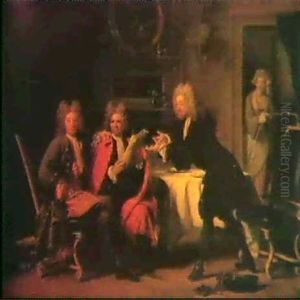Jacques Autreau Paintings
Jacques Autreau was a French painter and draughtsman born in 1657 in Paris, France. Not to be confused with more widely recognized artists of his century, Autreau was nonetheless a significant figure in the French art scene of the late 17th and early 18th centuries. His life spanned a period of great change in French art, from the high baroque of Louis XIV's reign to the more rococo tastes of the Regency period and the early reign of Louis XV.
Autreau's artistic career was primarily focused on portrait painting, though he also delved into genres such as history painting and landscapes to a lesser extent. His style was characterized by a keen attention to detail, a delicate use of color, and an ability to capture the personality and essence of his subjects. Despite the limited fame he achieved during his lifetime, his works were appreciated for their elegance and expressiveness.
Little is documented about Autreau's training, but it is known that he was active in the Académie Royale de Peinture et de Sculpture, the premier art institution in France at the time. This affiliation indicates that he was well-regarded among his contemporaries, even if his name does not resonate as strongly as some of his peers in the annals of art history. Over the course of his career, Autreau participated in several of the Académie's exhibitions, where he displayed his portraits and other compositions, contributing to the vibrant artistic culture of his era.
Throughout his life, Jacques Autreau remained closely tied to Paris, where he both lived and worked. His clientele primarily consisted of the French nobility and upper bourgeoisie, who sought his skills for their personal portraits, capturing the fashion and sensibilities of the period. Despite the prominence of his clients, Autreau's work did not achieve the lasting fame of some of his contemporaries, and many of his pieces have been lost or remain unidentified.
Jacques Autreau passed away in 1745, leaving behind a legacy that, while modest in comparison to the giants of French art, contributes to our understanding of the period's artistic diversity. His portraits, known for their intimacy and insight into the character of his sitters, offer a window into the shifting tastes and social currents of his time. Autreau's work, in its quiet refinement and precision, reflects the nuances of an era that bridged the grandiosity of the Baroque and the lighter, more playful spirit of the Rococo.
